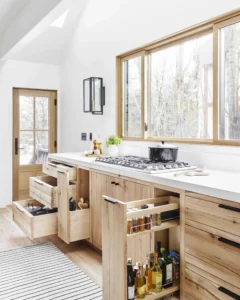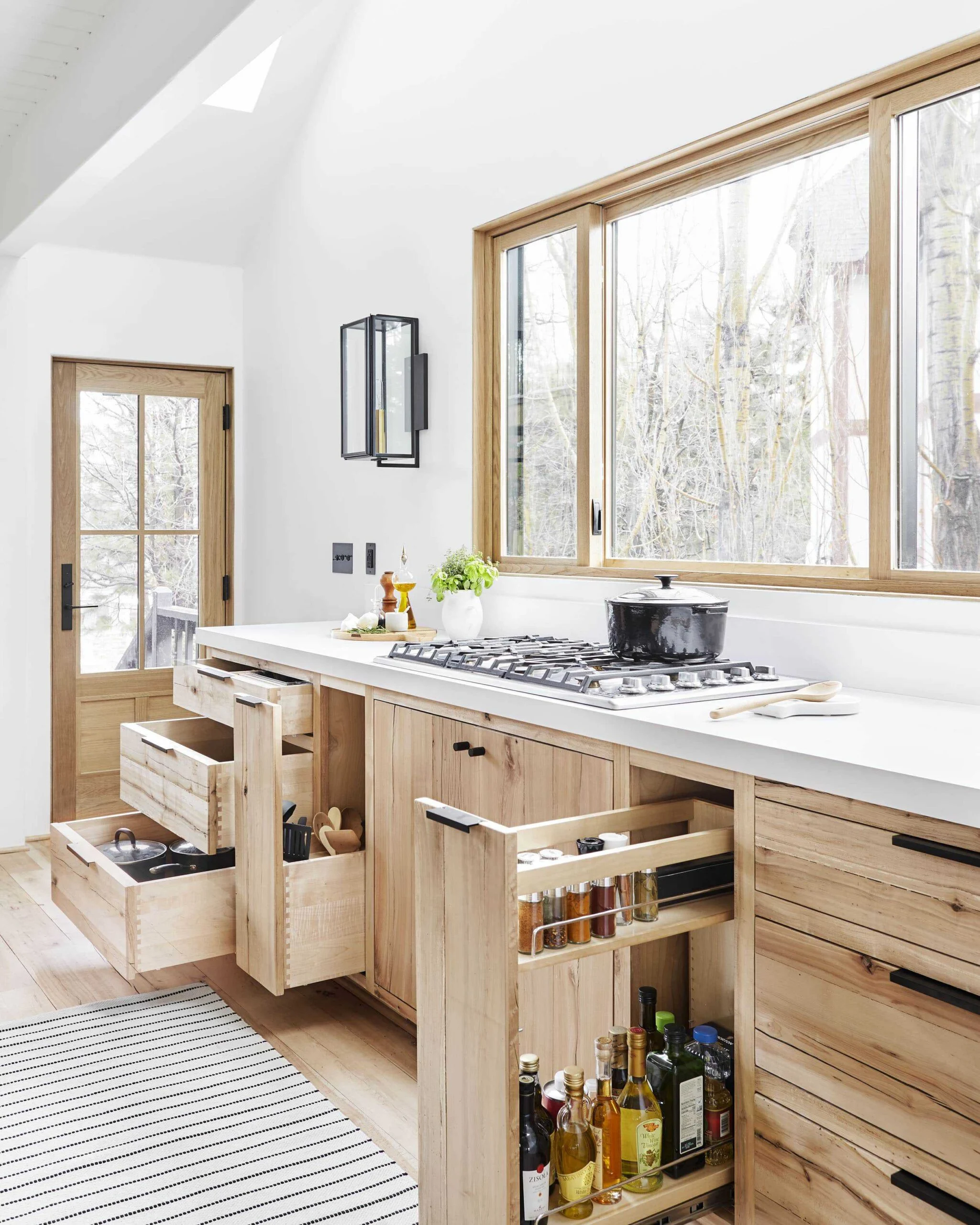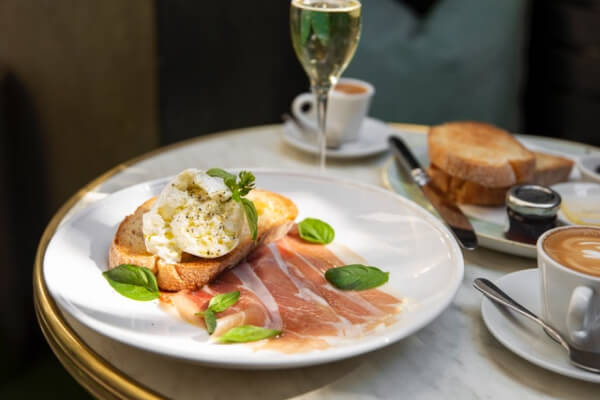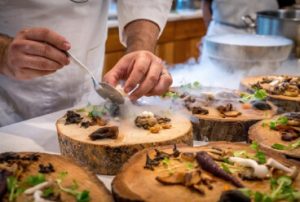Edible Landscaping: The Secret to a Garden That Feeds Both the Soul and the Stomach
Imagine stepping into your garden and being greeted not just by a burst of color, but by a symphony of scents and flavors. You reach out, pluck a sun-warmed strawberry, and taste the essence of summer. You snip fresh, fragrant basil for your evening pasta sauce and admire the elegant purple blossoms of your eggplant. This isn’t a fantasy; it’s the magic of edible landscaping—the art of blending ornamental beauty with delicious productivity.
Gone are the days of hiding your vegetable patch in the far corner of the yard. The most forward-thinking gardeners are now tearing down the traditional divide between “pretty” and “practical,” creating lush, vibrant outdoor spaces that are a feast for the eyes and the palate. Let’s explore how you can transform your garden into a multifunctional oasis.
Designing Your Delicious Landscape
The core principle of edible landscaping is simple: treat your food-producing plants as the visual stars they are. It’s about thoughtful design, texture, and color.
Think in Layers, Not Rows:
- Forget straight, military lines of crops. Instead, design like a landscape artist. Use tall, structural plants like blueberry bushes (which boast fiery red fall foliage) or an artichoke plant (with its stunning architectural silvery-green leaves and giant thistle-like flowers) as your backdrop. In front, plant mid-height beauties like pepper plants, which come in a rainbow of colors from deep purple to bright yellow, even when the fruit is still developing. Finally, use low-growing, sprawling plants like nasturtiums (edible flowers!) or creeping thyme as a living mulch that suppresses weeds and adds charm.
Celebrate Color and Texture:
- The variety in an edible garden design is astounding. Don’t just plant green lettuce; choose a heirloom vegetable mix of ‘Lollo Rossa’ with frilly red edges, ‘Speckled’ trout back lettuce, and deep green spinach. The textural contrast is breathtaking.
- Silver & Gray: Mediterranean herbs like rosemary, lavender, and sage offer beautiful silvery foliage and lovely flowers that pollinators adore.
- Reds & Purples: Red vein sorrel, purple kale, and certain basil varieties add dramatic, deep tones.
- Bright Accents: The brilliant yellow flowers of a zucchini plant or the vibrant orange of a nasturtium are as showy as any traditional annual.
- Top Plant Picks for a Stunning (and Tasty) Garden
- When selecting plants, choose varieties that offer multiple seasons of interest.
- Ruby Stripe Swiss Chard: This is the poster child for edible ornamentals. With vibrant, neon-colored stems in yellow, pink, and red, and large, glossy green leaves, it’s as beautiful as any hosta and you can sauté it for dinner.
- Blueberry Bushes: A triple threat! Delicate white blossoms in spring, delicious berries in summer, and a jaw-dropping display of crimson foliage in autumn.
- Asparagus: In spring, you harvest the tender spears. But if you let a few go to seed, they transform into beautiful, feathery, fern-like plants that add delicate height to your garden beds.
- Herbs as Ground Cover: Instead of non-native ivy, use creeping thyme or Corsican mint. They form a dense, fragrant mat that releases scent when walked on and produces tiny, edible flowers.
- Fruit Trees: Don’t just think orchard. A dwarf apple or pear tree can be a beautiful focal point. The spring blossom display is unmatched, and espaliered trees (trained to grow flat against a wall or fence) are the epitome of elegant garden-to-table living.
The Practical Magic: More Than Just a Pretty Space
- Beyond the obvious benefit of fresh, organic produce right outside your door, an edible landscape offers incredible advantages:
- Pollinator Paradise: Flowering herbs, vegetables, and fruit trees are a magnet for bees, butterflies, and other beneficial insects. This boosts the pollination of your entire garden, leading to more abundant harvests.
- A Living Classroom: For families, there’s no better way to teach children about where food comes from. They’re far more likely to try a vegetable they’ve watched grow from a tiny seed.
- Water-Wise Wisdom: Many ornamental edibles, particularly herbs like lavender, oregano, and thyme, are drought-tolerant once established. This makes your garden more resilient and eco-friendly.
- Getting Started: Your First Bite of Edible Landscaping
- You don’t need to overhaul your entire yard at once. Start small!
- Herb Spiral: Build or buy a simple spiral rock garden and plant it with a variety of herbs. It’s a beautiful, space-saving feature.
- Container Magic: No ground space? No problem. A large pot can house a thrilling “thriller, filler, spiller” combo of a pepper plant (thriller), basil (filler), and trailing nasturtiums (spiller).
- Border Swap: Next time you’re at the garden center, skip the purely ornamental shrubs for one season. Replace a section of your flower border with a blueberry bush, some rainbow chard, and a few marigolds (which are great for pest control).
- Embrace the journey. Edible landscaping is a creative, rewarding process that redefines your relationship with your outdoor space. It’s a move towards a more sustainable, beautiful, and delicious way of living. So, grab your trowel and your imagination. It’s time to plant a garden that you can truly savor


















